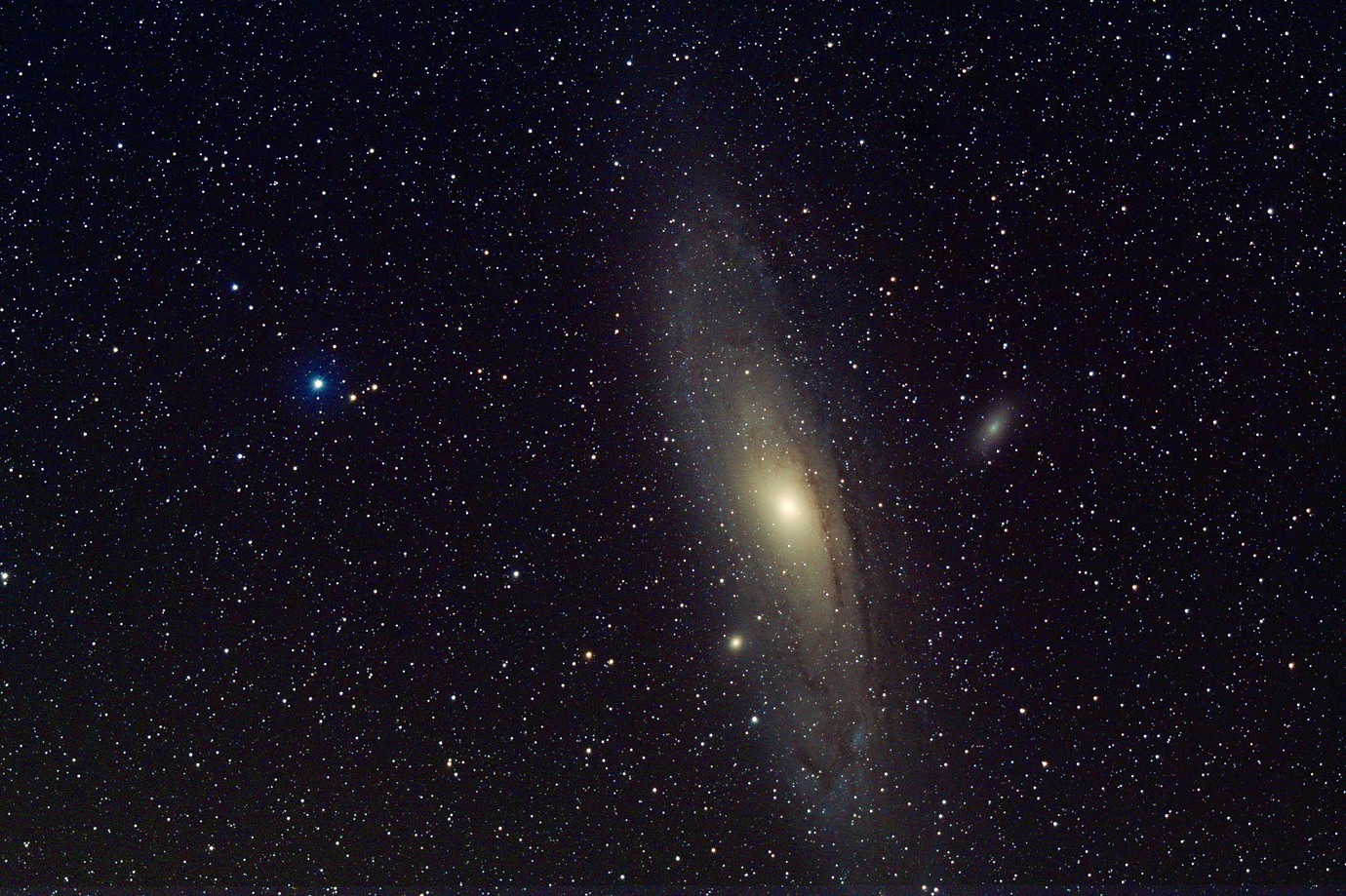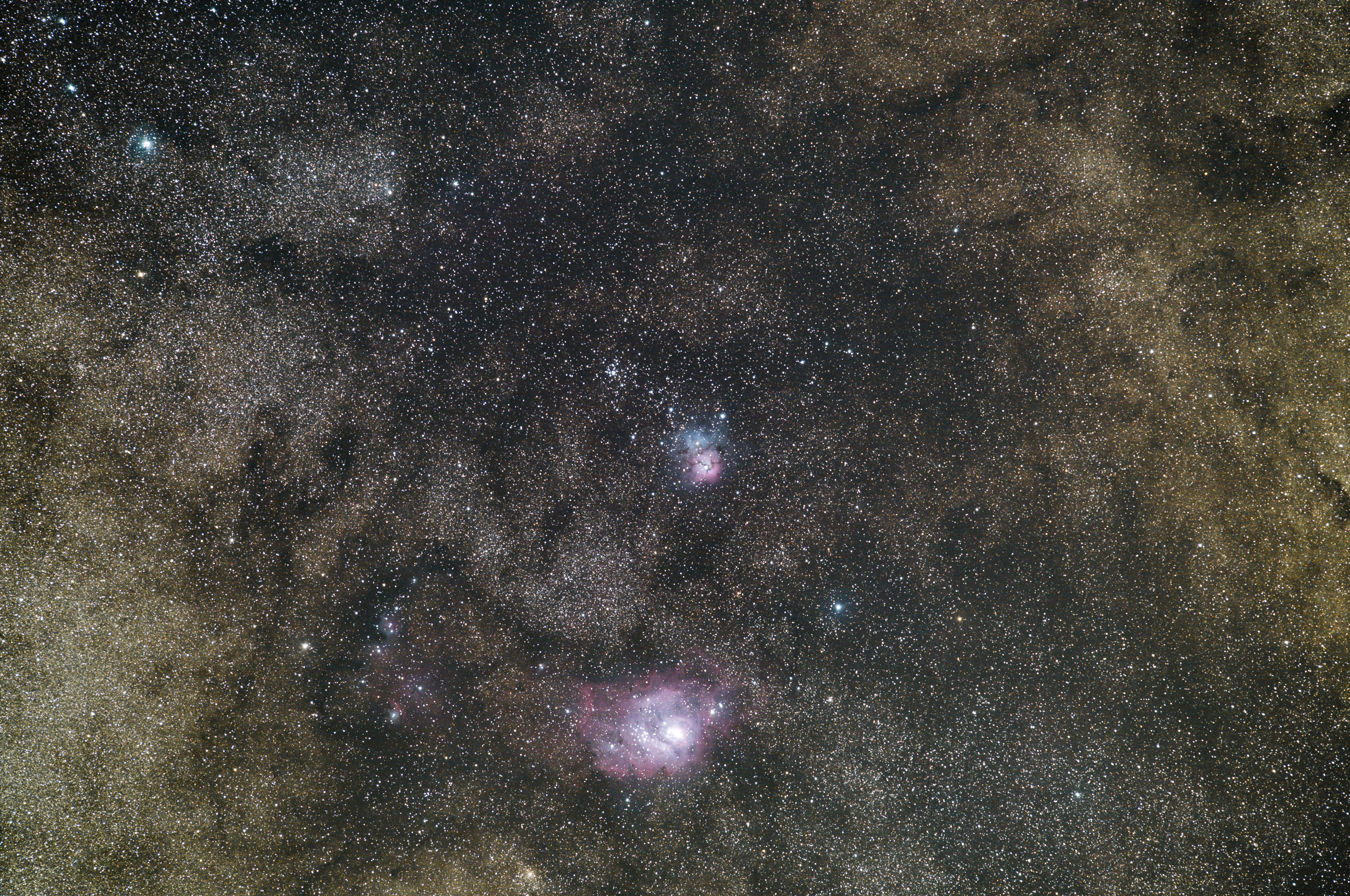BobWorrell
Senior Member
I tried my 300 pf last night with my Vixen tracker, and the flare was bad, I was looking forward to getting a more magnified look at the stars, prior to this I have been using the Nikon 50 mm 1.4G with good results,
I,m look at a few lenes that are inexpensive, Samyang and Rokinon 85 to 135mm F2.
I would like to stay around $500.00 (USD). if any of you have experience with these lens let me know, I want sharp pinpoints that I can stich in LR6.
Thanks Bob W
I,m look at a few lenes that are inexpensive, Samyang and Rokinon 85 to 135mm F2.
I would like to stay around $500.00 (USD). if any of you have experience with these lens let me know, I want sharp pinpoints that I can stich in LR6.
Thanks Bob W







